Beware the Feathered Menace
Ah, the Canada goose. From a distance, they seem so innocent: waddling around parks, honking merrily in a V-formation, a symbol of peace and the great outdoors. But don’t be fooled. From terrorizing parks to pursuing unsuspecting pedestrians, these birds are less like symbols of tranquility and more like winged gangsters. They won’t just chase you; they’ll rob you of your sandwich and dignity in one swoop. Recently, a strange rumor has emerged: some people—immigrants, according to the latest urban myth—are not just catching these geese but eating them, along with people’s pets.
Above: Lucy, our local goose sits on her eggs beside our trail. (Jill Heinerth)
Before we dive into the culinary urban legend, let’s dispel the myth that Canada geese are gentle creatures. Sure, they look like chubby little bundles of fluff waddling toward the river, but behind that disarming exterior lies a heart filled with malice. Cross paths with one, and you’re not dealing with a bird—you’re dealing with a fury-fuelled cobra chicken in disguise.
Above: Cobra Chicken in full battle mode. (Associated Press)
The new myth goes a step further, claiming immigrants are responsible for catching, cooking, and consuming not just Canada geese, but people’s pets too. But let’s be real—catching and cooking a Canada goose would be no small feat. These birds are smart, aggressive, and likely to chase you first. But frankly, no one really knows how a Canada goose tastes. I assume it must be akin to bald eagle or fresh manatee.
And let’s not forget about the goose poop—because that’s their other secret weapon. Green goose poop is everywhere, and it’s no accident; it’s strategic warfare. It’s almost like they know they’re being eyed for dinner, and they’re marking their territory in protest. If anyone’s going to get cooked, it won’t be them.
Above: Canada Goose takes flight along the river behind our house. (Jill Heinerth)
So, next time you encounter a Canada goose, don’t be lulled into a false sense of security by their elegant plumage or tranquil presence. Arm yourself with courage, or better yet, avoid them entirely. And when you meet a new immigrant, ignore the rumors and instead reach out. Immigrants are a vital part of the fabric of our diverse society, bringing with them rich cultural traditions, new perspectives, and a strong work ethic that enhances the communities they join. Their contributions to the economy, arts, sciences, and everyday life add vibrancy and innovation to society, fostering growth and progress. I was an immigrant to the US and now that I am home in Canada, my husband is an immigrant here.
In the end, while Canada geese may be the feathered villains of the park, wreaking havoc and plotting their next sandwich heist, immigrants are quite the opposite—they are the everyday heroes of our communities. Where geese scatter chaos, immigrants bring unity, resilience, and cultural richness. So, while it’s best to steer clear of the goose, it’s always a good idea to welcome the immigrant—because unlike our winged adversaries, their presence only strengthens and enriches the fabric of our society.
Ancestry
My brother John describes our family tree as a "Root Ball." It started when my father's sister married my mother's brother. Their children are my first cousins - squared. And later in life, after one of my mother's brother's sons died suddenly, my mother's brother went and married that son's widowed wife, adopted some of her children (his grandchildren) - and had several children of his own with her. And that's just one small branch of the family tangled roots.
Above: My Mom and Dad with Patricia, my newborn older sister ~ 1955
Are you still following along? I don't blame you if you need to go back and read the first paragraph again.
Even though these people are some of my closest blood relatives, I was never very close to them. When we were small children in North Philadelphia, we lived close by. We went to the same schools. But, by about grade four, our family moved away to a different part of the city and I did not see my cousins (squared) very often. As time went on, tragedy often visited my cousins. There were accidental deaths, sickness, substance abuse, dysfunction and dramas enough to go around. Even my dad, who cared very much for his little sister's well-being became frustrated and sad about the choices she had made with her life. He tried to help - but to no avail. Over time, our families drifted away physically and emotionally.
Now, they are all gone.
The only surviving family I have are my younger sister and brother. Our parents died a while ago and we lost our older sister last year. No extended family survives.
Above: My younger sister Kathleen and me when we were both young and skinny.
John's "root ball" comment at a recent visit really peaked my curiosity. Who, and where are our people? How did we come to live in North America? Do we have other relatives we've never met somewhere out in the world?
I decided to take a DNA test to find out and the results are surprising!
I always knew that my father's side of the family came to Philadelphia from Scotland, Ireland, and England. My paternal great-grandfather was from Kirkcudbright, in Dumfries and Galloway, Scotland. Jill and I visited that charming little town where every third family shares my last name a few years ago. My paternal grandmother was born in Yorkshire, in England. So the Anglo connection was apparent.
Above: My Anglo Paternal grandparents just before they passed in 1964.
The root ball takes form mostly on my mother's side. I could only confidently trace her side of the family back one generation when her mom, (my maternal grandmother) was born in Vermont, USA. Before that there were rumors and tales that her ancestors were French-Canadian and, perhaps had a touch of Indigenous blood in them.
Maybe the DNA test will shed some light on these family tales.
Here's what the report reveals:
So, very, very long ago my people originated in Eastern Europe, near today's Ukraine and Belarus.
They migrated to Western Europe, mostly to England, Ireland, and Scotland.
Some branches settled in France, Sweden, or Denmark.
Then, the majority Anglo branch left the British Isles for Southeastern Quebec, Canada.
A second group departed Britain and settled a little more south in Quebec, along the St. Lawrence river.
Some of these crossed the US border and made Vermont their home.
The last immigration saw my father's forebears cross the Atlantic for Philadelphia.
I and my siblings were born in Philadelphia.
In plain language, based on the DNA evidence, woven with scant family history, my mother's family settled in Quebec, and my father's in Philadelphia.
I have always been drawn to, and felt comfortable in Eastern Canada. It seems I have closed the family circle. I’m sitting here, an ex-pat American immigrant to Canada, living in a small town about 30 minutes away from Southeastern Quebec. Now, a Canadian citizen, this country just feels like home to me.
These various DNA ancestry services can often drill down to provide very specific details about family history. In my case they pinpoint my Quebec ancestors to a town along the St. Lawrence called Trois-Rivières. When Jill and I rode our bicycles across Canada, we spent a couple of rest days at Trois-Rivières, enjoying the river and incredibly good food in the town.
Yes, it just felt like home…
Above: Jill and Robert enjoy a sunset overlooking the St. Lawrence river at Trois- Rivières, Quebec.
If you are interested in exploring your family history using DNA, here are a few options.
The IMMIGRANT SONG - Live. Led Zeppelin
Wherever you come from and wherever you are, it is exactly where you are meant to be at this moment. - Robert McClellan


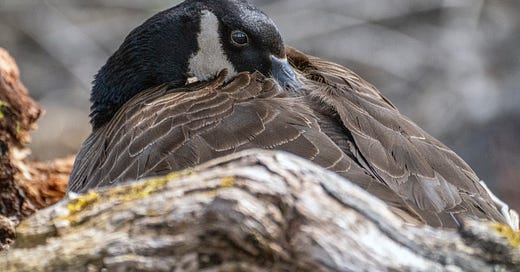


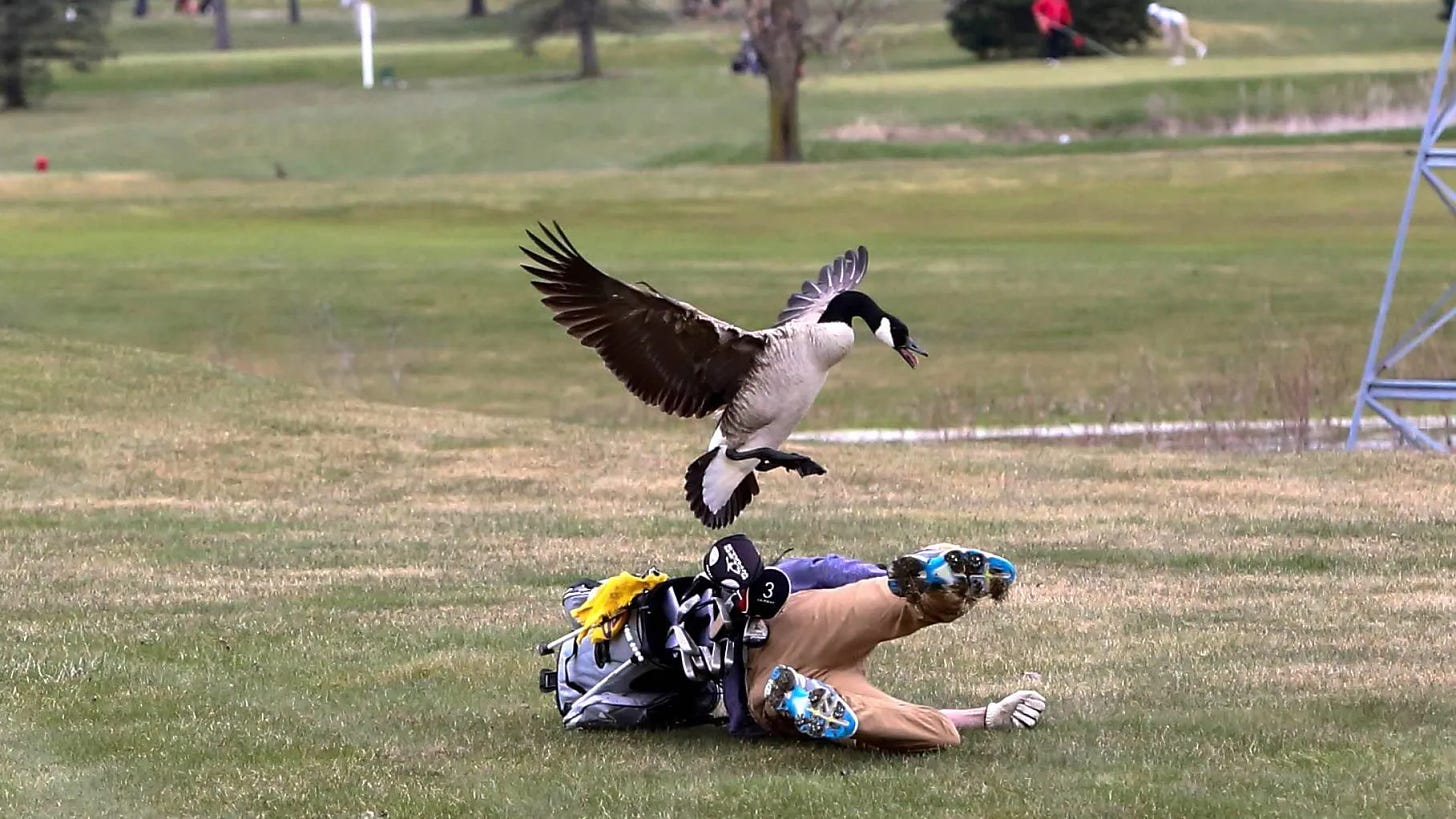
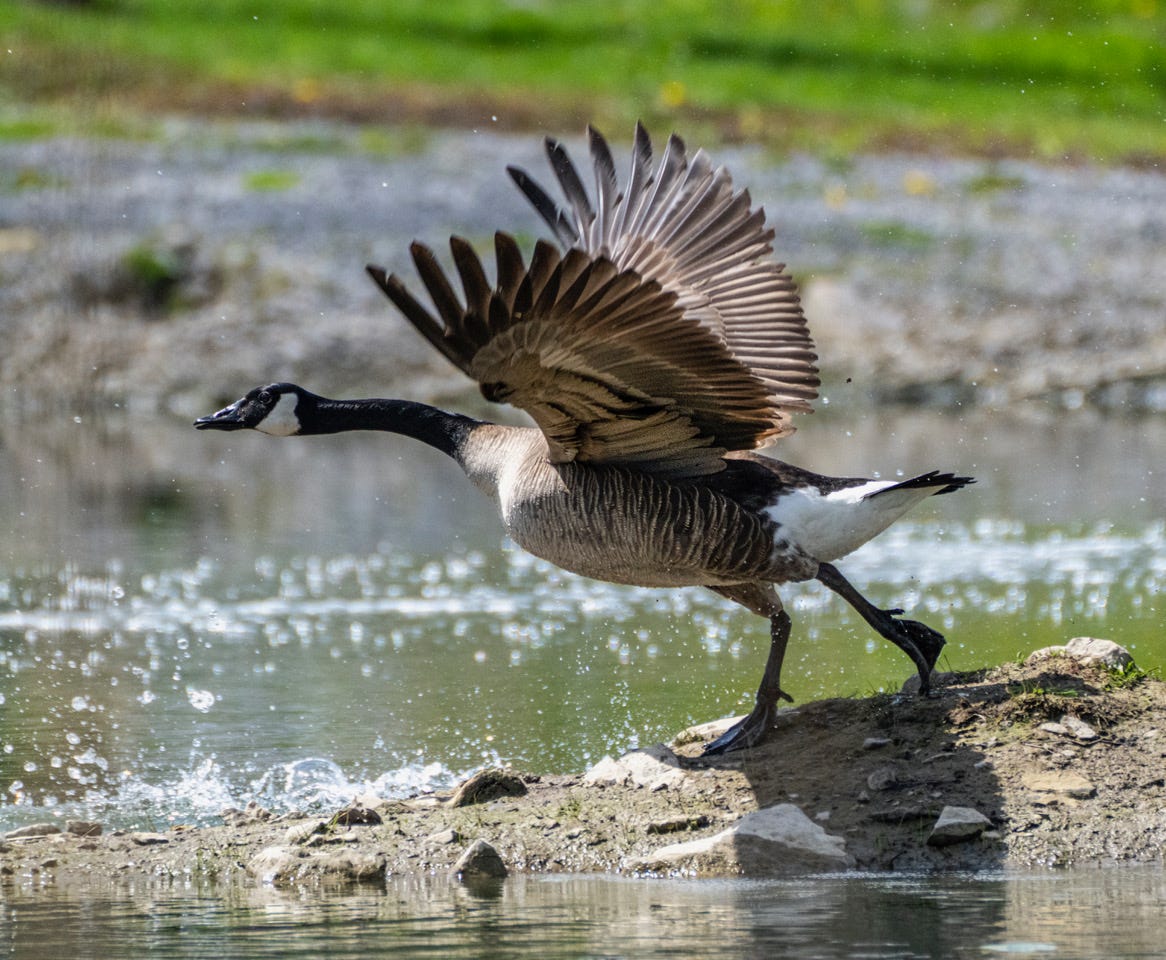
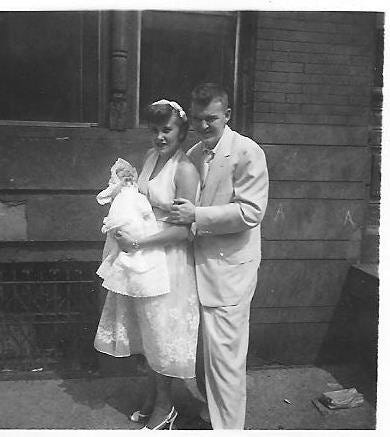
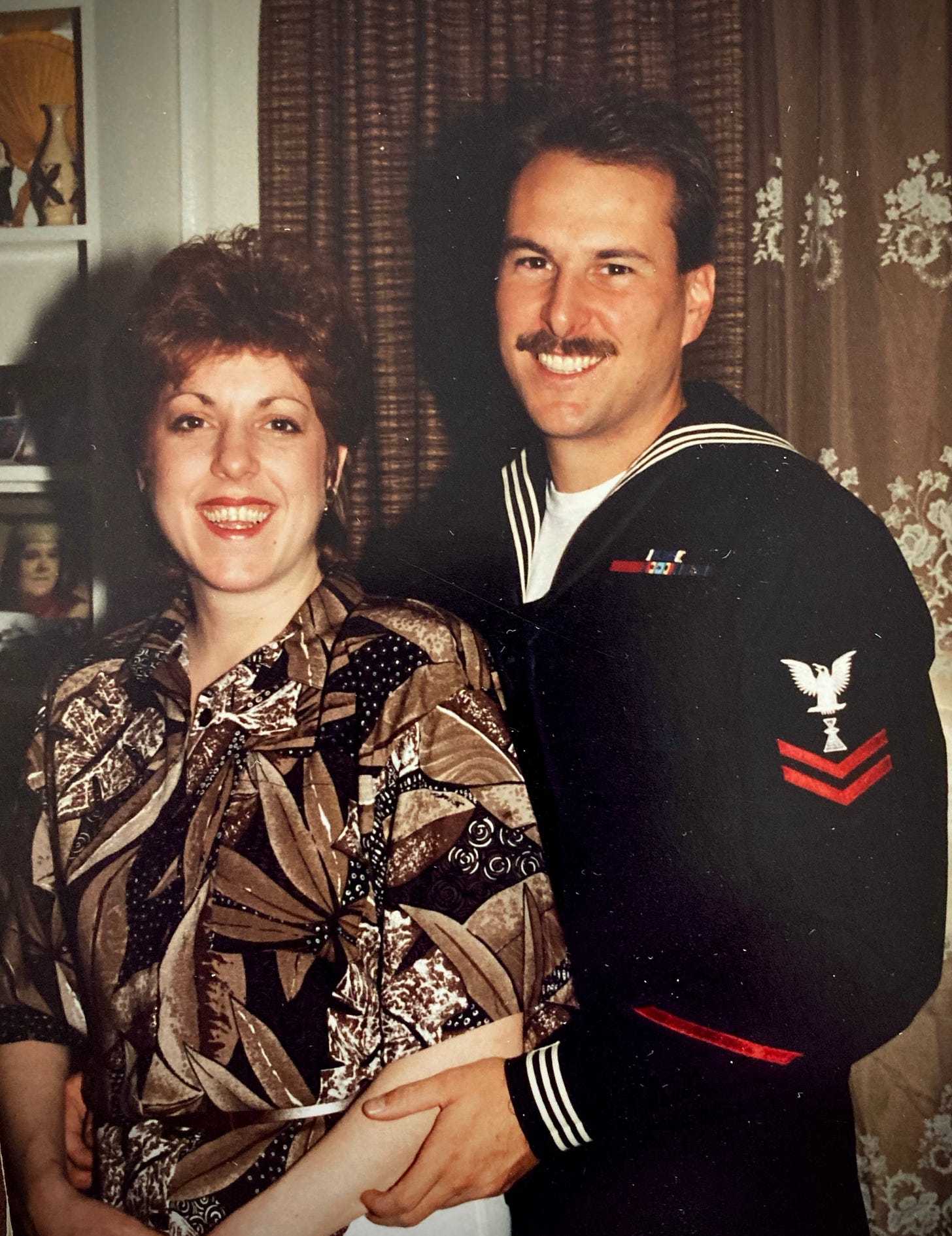
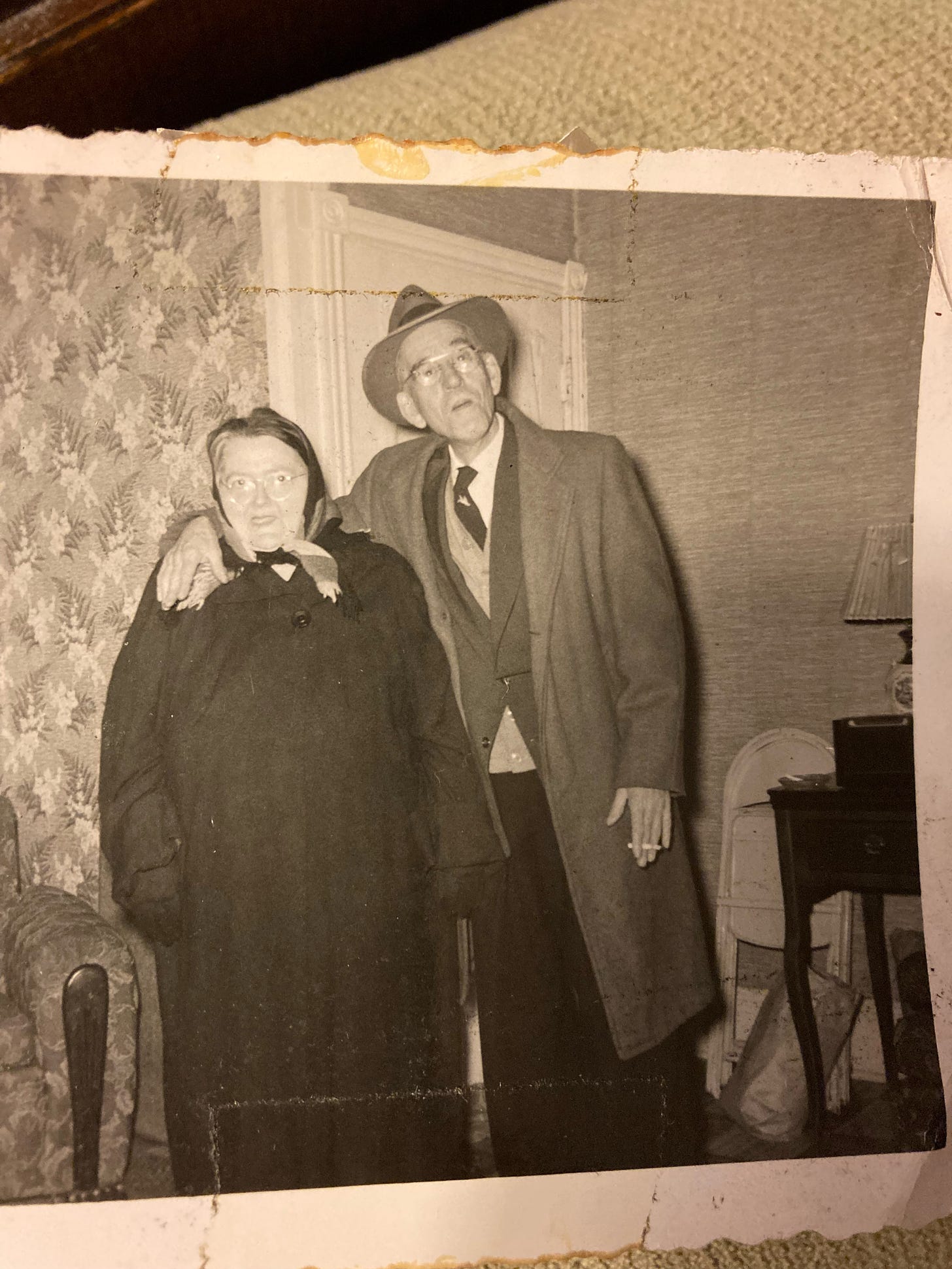
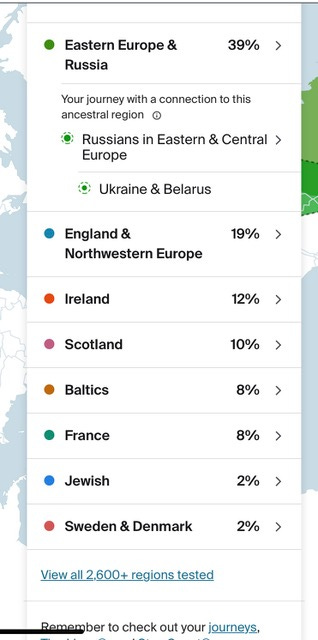
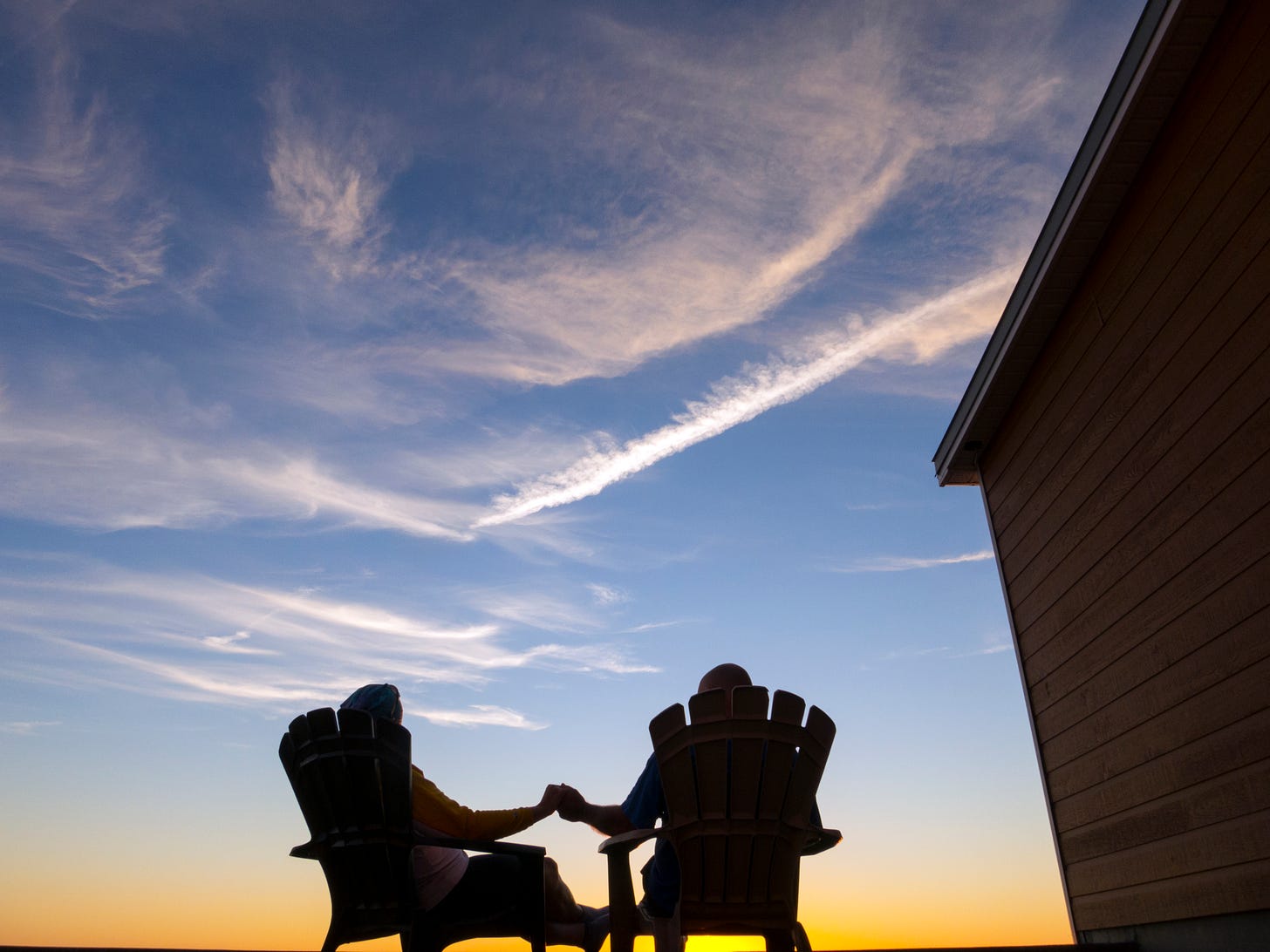
We have plenty and can loan you as many as you like...
Love the article and the characteristics of Canada Geese that are so true. I take issue only with the fact that asa hunter here in Eastern Ontario, I shoot and eat ducks and Canada Geese. Gees are good if cooked properly like say in a cassoulet, or on a BBQ. I did a video explaining my recipe for grilled/smoked BBQ Canada Goose on the deck overlooking Big Rideau Lake and it made an episode of 'Wild Game Cooking' with Indigenous Chef, John Podolak in British Columbia: https://app.box.com/s/08z192dpb688ounrweoj0ylgcfvjwkkn